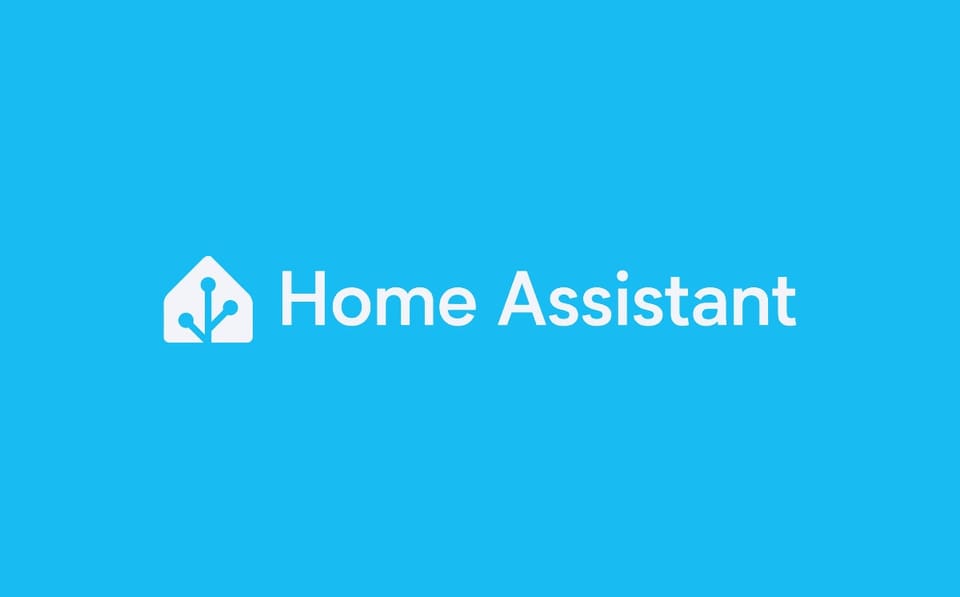Step 0: The concept

In the first steps of this smart home project, the basic set up which is everything within the red rectangle (picture above) for a smart home will be covered. All of the software are open source and perfect for Raspberry pi. If there are more wishes to cover other topics please feel free to let a comment.
Primary software: Home assistant
Home Assistant stands as a highly popular open-source software for smart homes, developed in Python. It boasts an active and supportive community, offering an extensive range of integrations, including Philips Hue, MQTT, Sonos, among others. Additionally, the Home Assistant Community Store (HACS) provides access to an even wider array of integrations.

Database: PostgreSQL
Home Assistant is compatible with numerous databases. However, this guide will focus on using the PostgreSQL database for data storage. For storing long-term data, an alternative such as InfluxDB, which is better suited for historical data storage, can be considered. Yet, the primary emphasis here will be on the basic setup.
Home Assistant uses databases to store events and parameters for history and tracking. The default database used is SQLite.

Zigbee to MQTT bridge: Zigbee2Mqtt
It acts as a bridge between Zigbee devices and MQTT brokers such as Mosquitto. Zigbee2MQTT is compatible with major brands and is continually being enhanced to support an even broader range of devices.

Broker: MQTT Broker Mosquitto
Mosquitto is an open-source project that facilitates message handling between Home Assistant and Zigbee2MQTT. Its lightweight nature makes it ideal for small devices, such as the Raspberry Pi.

Automation software: Appdaemon
For software developers looking to automate their homes, AppDaemon comes highly recommended. It allows you to craft your automation scripts in Python, offering endless possibilities and an easy learning curve.
Alternatively, Node-RED provides a low-code programming environment, making it particularly accessible for those without a programming background.
for programmers

low code programming
Reverse proxy : Synology or Nginx proxy manager
This software enables Home Assistant to be accessible over the internet through a straightforward web interface. Setting up SSL certificates with LetsEncrypt for added security is a seamless process. Additionally, integrating Cloudflare can enhance security further.

Website protection: Cloudflare
Routing your application's data through Cloudflare before it reaches your primary server enhances its security, efficiency, and stability.
By masking the IP address of your origin server, Cloudflare shields it from potential cyber threats and filters out malicious traffic upstream.
Additionally, Cloudflare's integrated DDoS protection mechanisms actively defend against security vulnerabilities, providing a fortified and resilient online infrastructure.








